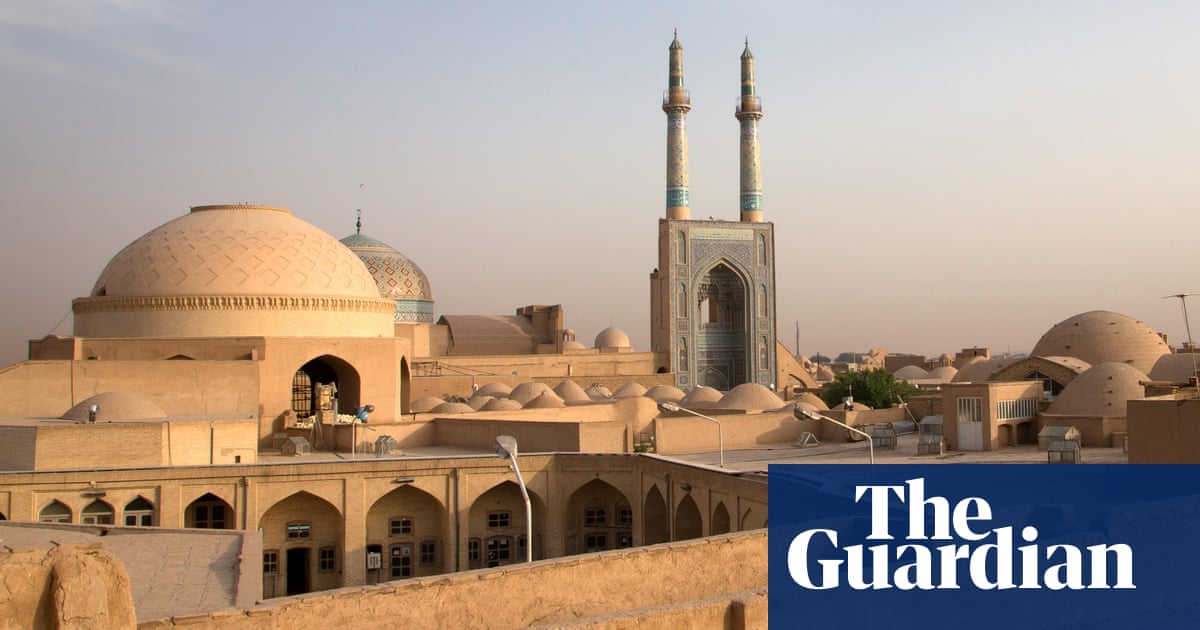The article provides an insight into Iran's strong condemnation of the recent travel ban imposed by the United States, particularly targeting Iranians and citizens of several predominantly Muslim countries. This reaction from Tehran reflects ongoing tensions between the two nations and highlights the broader implications of such policies on international relations and human rights.
Purpose of the Article
The intent behind this news piece seems to be to amplify Iran's criticism of the U.S. administration, framing the travel ban as a manifestation of racism and hostility towards Muslims. By presenting the travel ban in this light, the article seeks to evoke a sense of injustice and discrimination against Iranians and Muslims at large, potentially rallying domestic and international support against U.S. policies.
Perception Manipulation
This piece of news aims to shape public perception by emphasizing the discriminatory nature of the travel ban. By using strong language such as "supremacist and racist mentality," the article attempts to create outrage and solidarity among those who oppose such policies. It positions Iran as a victim of American aggression, which may resonate with individuals who share similar sentiments regarding discrimination based on nationality or religion.
Information Omission
While the article focuses on the negative implications of the travel ban and Iran's response, it may downplay or omit the context surrounding the U.S. government's justification for such measures, namely national security concerns following a recent attack. This selective presentation could be seen as an effort to shield the audience from understanding the complexities of the situation.
Manipulative Elements
The language used in the article leans towards a narrative that portrays the U.S. in a negative light. The terms chosen to describe the U.S. policy hint at manipulation, as they invoke strong emotional responses. By labeling the U.S. decision-makers' mentality as "racist," the article seeks to influence public opinion against American policies without providing a balanced view.
Comparative Context
When compared to other news articles addressing U.S.-Iran relations or immigration policies, there is a consistent theme of highlighting grievances against U.S. actions. This aligns with the broader Iranian narrative that often seeks to frame the U.S. as an aggressor on the world stage, particularly in matters that affect Muslim countries.
Potential Societal Impact
This news could foster increased anti-American sentiment within Iran and among its allies, potentially leading to further diplomatic isolation of the U.S. Additionally, it may galvanize support for Iranian leadership by portraying them as defenders against foreign oppression. Economically, it could influence discussions around sanctions and international trade, particularly if the sentiment against the U.S. escalates.
Support Base
The article is likely to resonate more with communities that feel marginalized or discriminated against, particularly Muslims and those who identify with Iranian culture. It aims to garner support from individuals and groups who oppose Islamophobia and advocate for human rights.
Market Implications
In terms of market impact, such news could influence investor sentiment in sectors related to international relations, particularly those involving defense and security. Stocks of companies that operate in the defense industry might see fluctuations based on perceived risks associated with U.S.-Iran tensions.
Global Power Dynamics
The travel ban and Iran's reaction to it play into larger discussions about global power dynamics, especially as they pertain to U.S. influence in the Middle East. This article reflects ongoing geopolitical tensions and could have implications for future U.S. foreign policy decisions.
The possibility of artificial intelligence being involved in the writing of this article is present, particularly in the crafting of emotionally charged language and thematic framing. AI models that analyze public sentiment could have been used to determine the most effective way to convey Iran's perspective and criticize U.S. policy.
In conclusion, the article serves to highlight Iran's discontent with U.S. policies, framing them within a narrative of victimization and discrimination. Overall, while it provides a voice for Iranian officials, the article's reliability may be questioned due to its one-sided presentation of the issue.
